In the hills of Costa Rica, just south of the Braulio Carrillo National Park, lies 27-acres of property owned by Whitworth University. Students across all majors can study in Costa Rica, and can get “six to nine credits in their field of study, Lindy Scott, director of the Costa Rica Center, said.
But President Beck Taylor said enrollments are not ideal.
“To say we’re satisfied, it would be an overstatement,” Brian Benzel, vice president of finance and administration, said. “But it’s a developmental process. It takes some time. I think as we get more experience with things on the program side, then students will see valuable opportunities, and then that translates into a strong balance on the financial side.”
One goal of the university is to get 70 percent of students to study abroad, which is 20 percent more than what was reported this year, Taylor said.
“We’re always evaluating our programs, and so Costa Rica, which was a project we started three years ago — we’ve always been paying close attention to student enrollment, student outcomes, learning outcomes and other things that would signal that we were doing the kinds of things that we wanted to do down there,” Taylor said. “It being a new program, it being the first of its kind at Whitworth, we’ve been paying a lot of attention.”
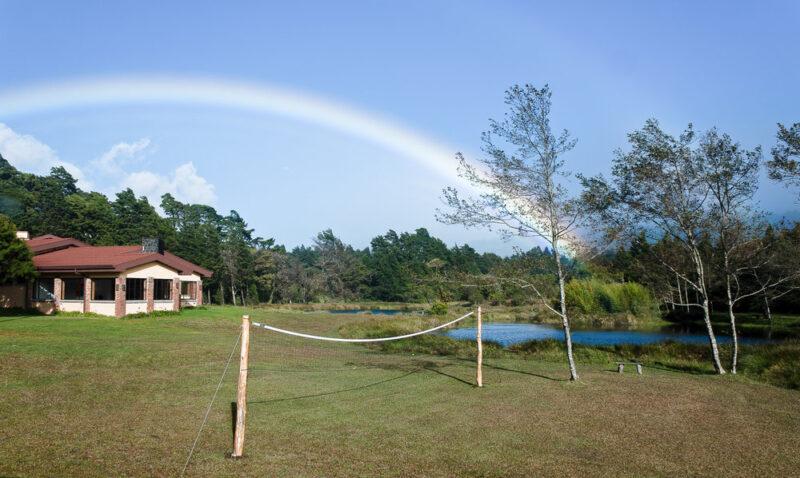
The second campus offers intensive oral and written Spanish courses at the 100, 200 and 300 levels, as well as history, ecology and Core 350, according to the Whitworth website. There is usually an emphasis each semester, such as history, political science or social science, Scott said.
“They’ve run into challenges in particular semesters that they are addressing, but it seems as if they’re gaining momentum in attracting students,” provost and executive vice president Carol Simon said.
Scott said he estimates 100 students travel to Costa Rica each year.
Scott has done a great job bringing in additional revenue from partnerships with outside users, which allows students from other organizations and universities to study at Whitworth’s Costa Rica campus, Benzel said.
“Another kind of thing that we’re trying to do is make sure that students who haven’t been to Costa Rica yet hear the great stories that people come back with having studied in Costa Rica, and so that people can understand what a valuable experience it is,” Simon said. “But that means getting student attention.”
The campus in Costa Rica has been running for three years, but Scott and five other professors first visited the premises six years ago.
“The students that visited the center, whether in Jan Term or fall or spring, have had incredible experiences there — have come back indicating that those experiences have been worthwhile in the educational program here,” Taylor said.
Students can study abroad in Costa Rica during fall and spring semesters, as well as taking part in Jan Term, May Term and summer trips. January and summer terms are offered especially for athletes who may not otherwise be able to go, Simon said.
“There’s lots of empirical evidence that shows that there’s a huge intellectual growth curve for people who spend significant time in significant interface with a different culture than their own,” Simon said. “And it’s not just an intellectual growth, but it’s a growth in terms of who you are as a person. It’s a great example of that ‘mind and heart’ stretching that Whitworth cares so much about.”
Students studying in Costa Rica also have the opportunity to visit Cuba and Nicaragua.
“I would just encourage students to find more about it,” Taylor said. “It seems a far way away, and it is. A semester seems like a long time to spend in another country, and it is. Cross-cultural experiences can be intimidating. Students may think that they have to be fluent in Spanish to take advantage.”
Contact Katie Shaw at kshaw17@my.whitworth.edu


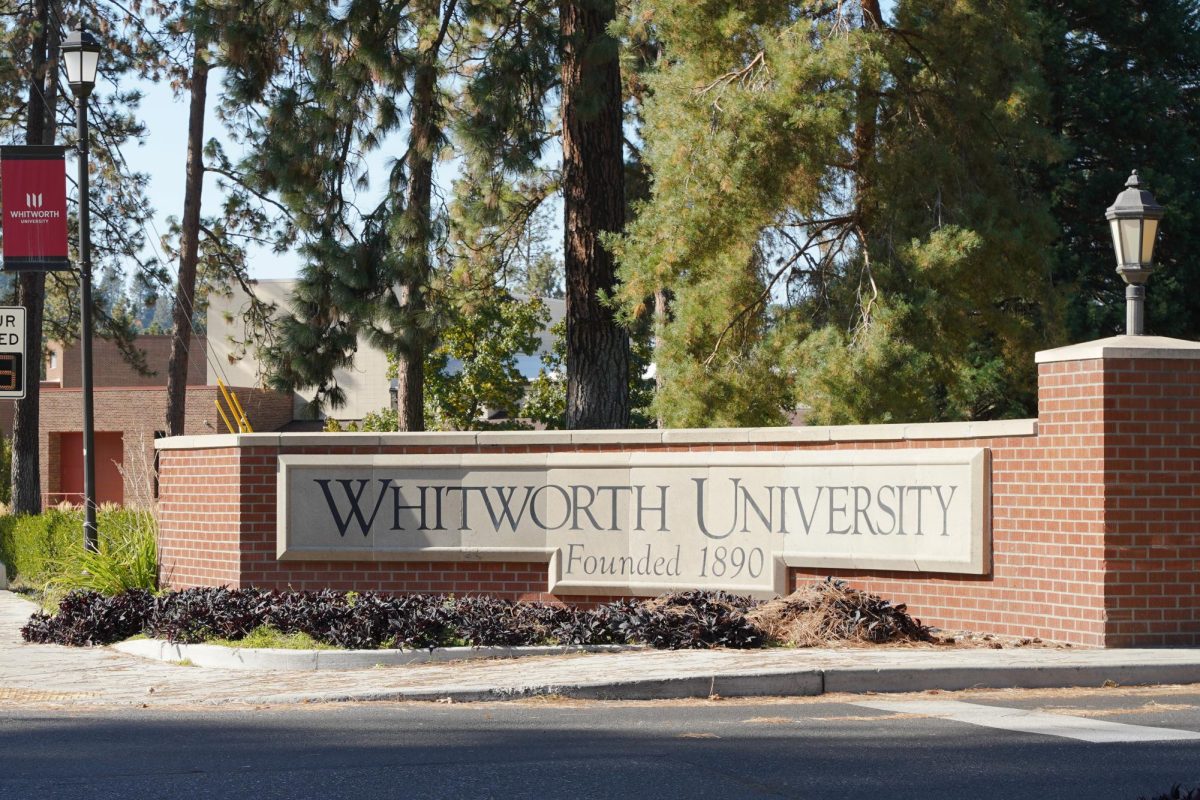
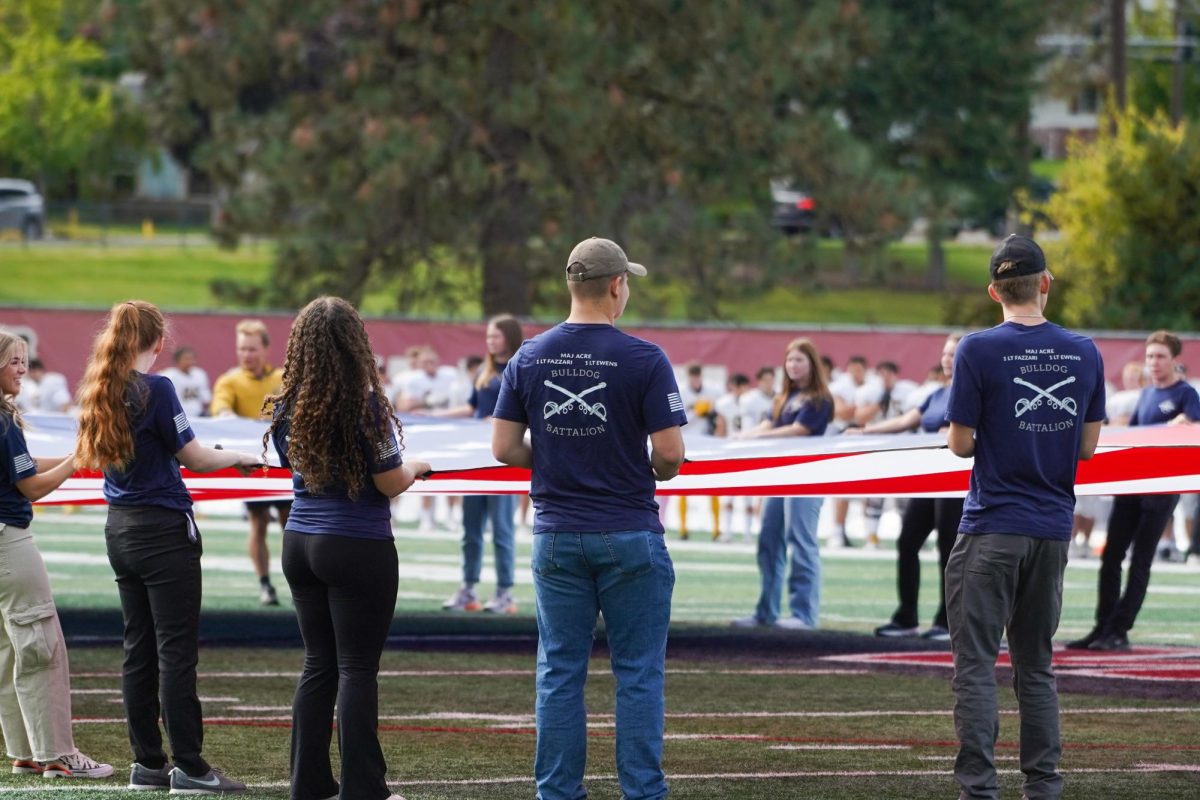
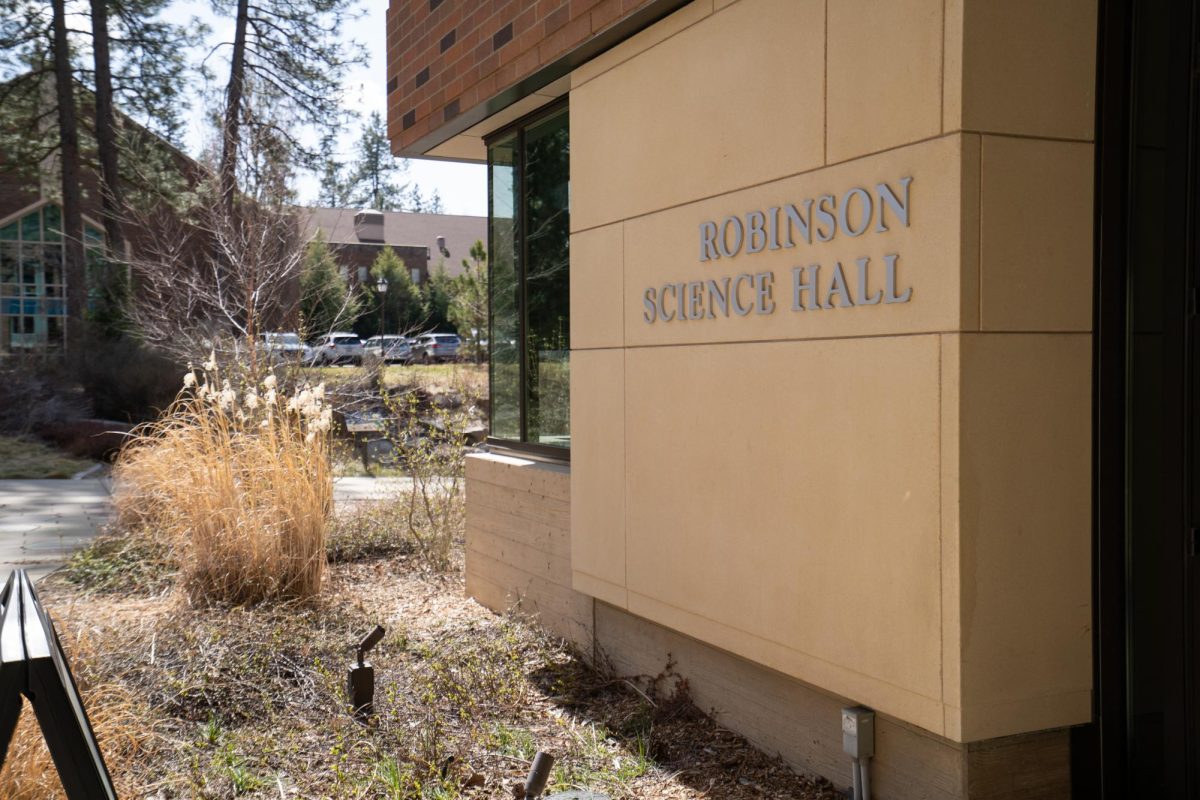
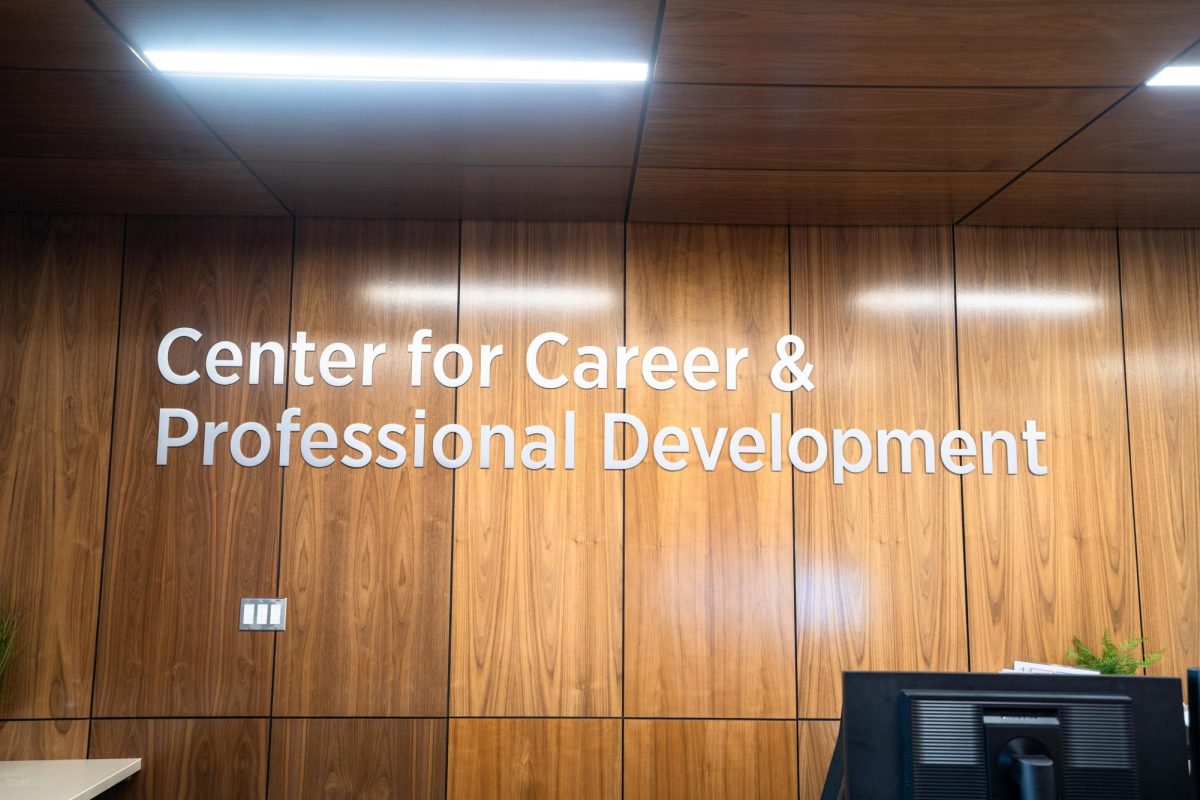
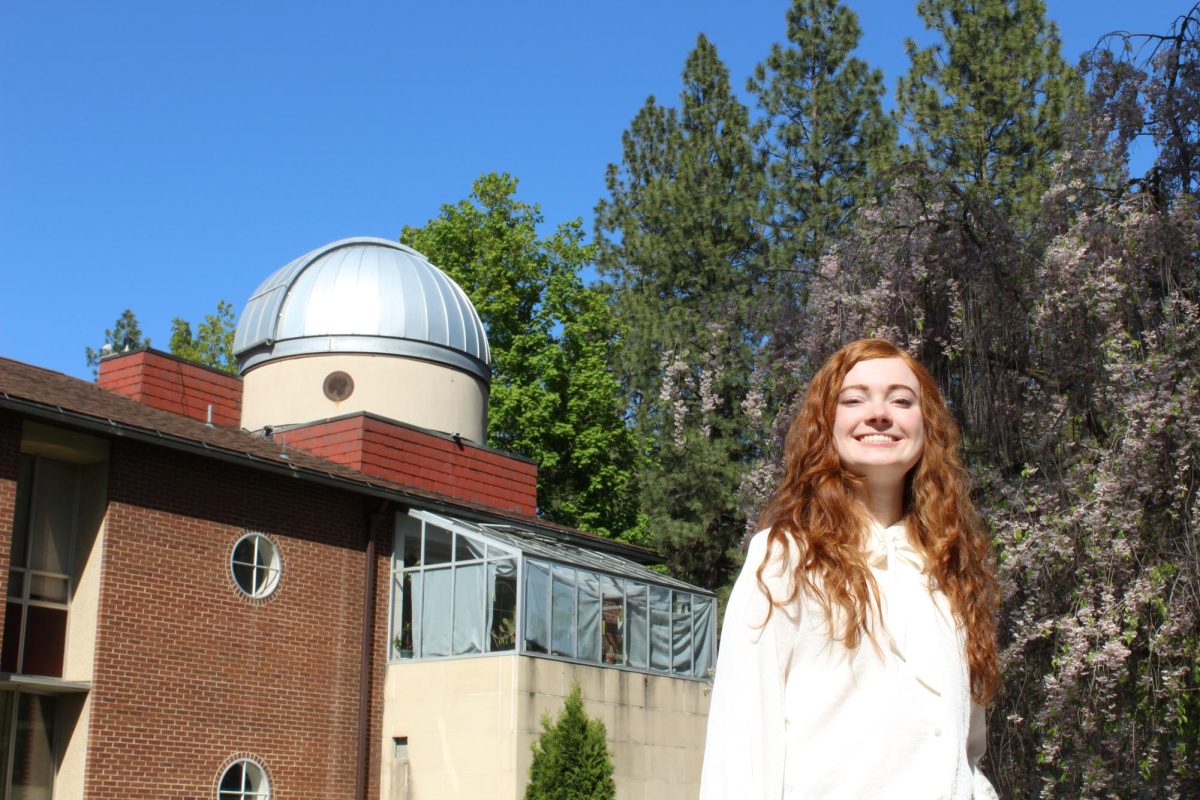


 Spokane?
Spokane?